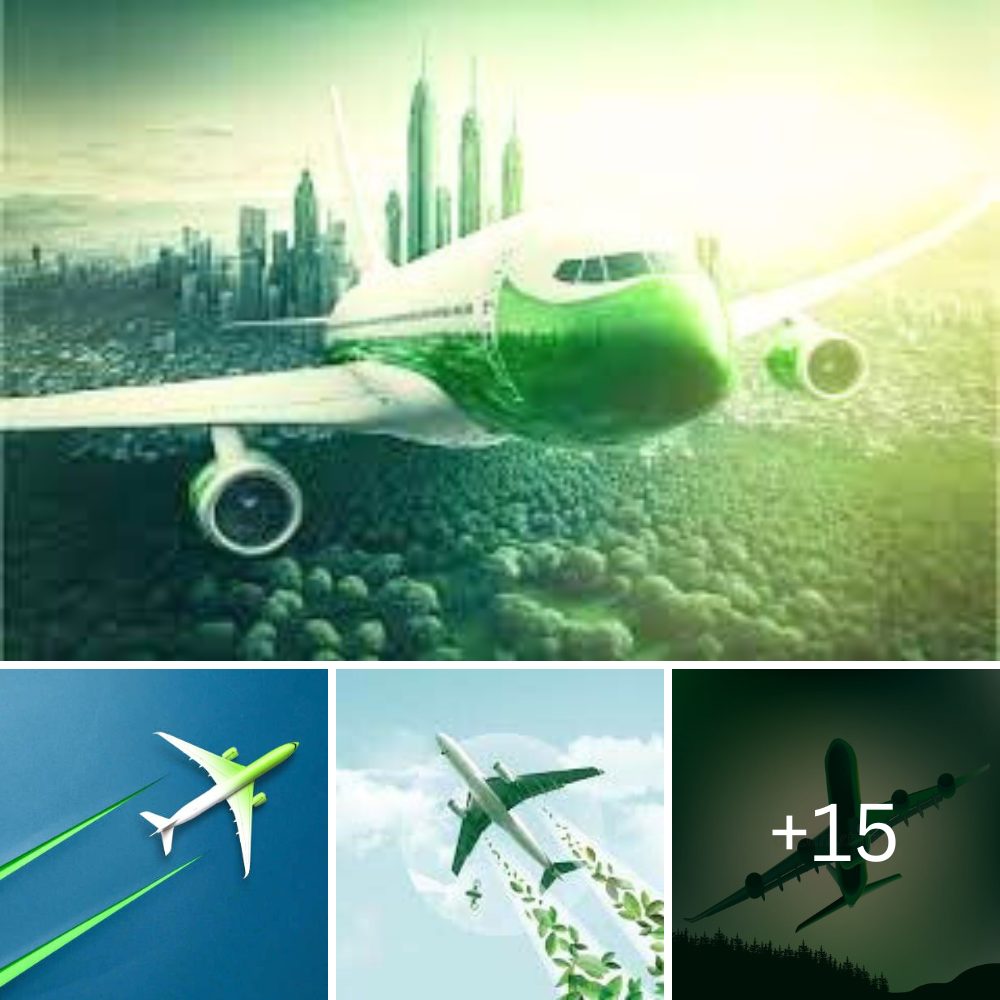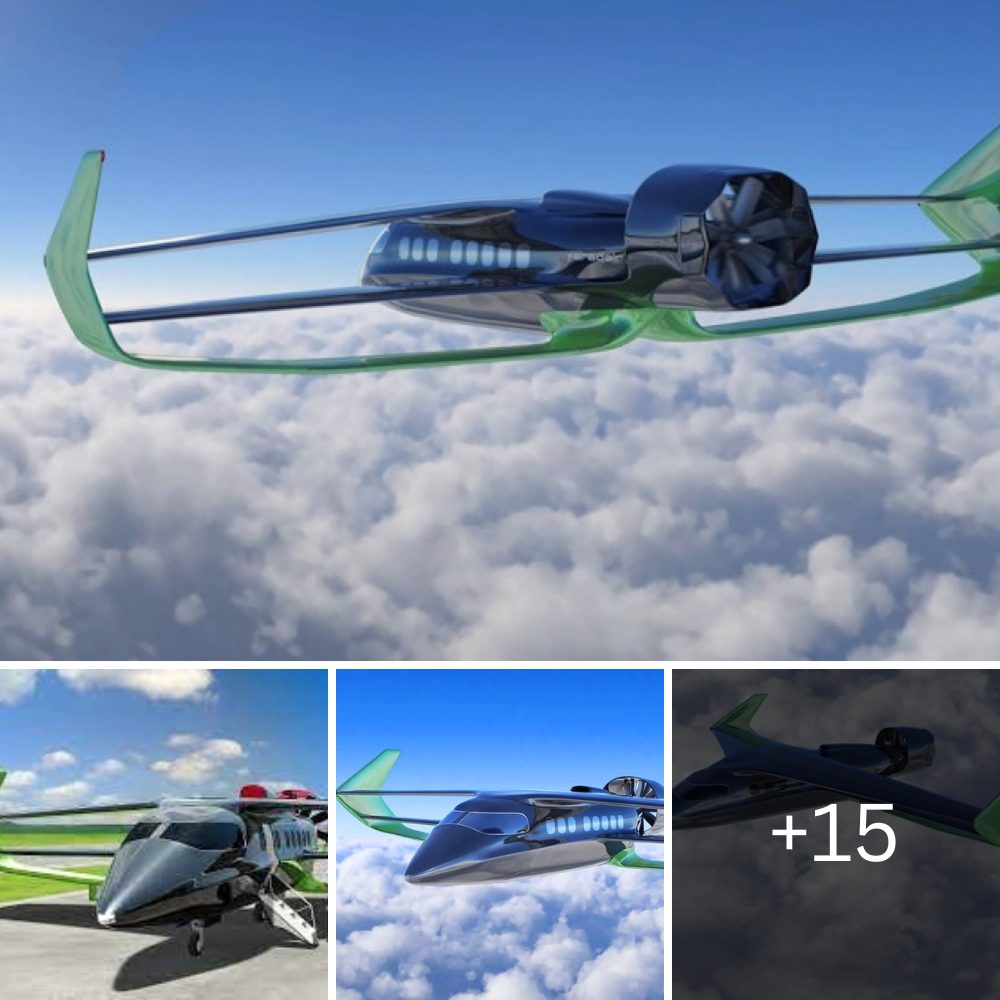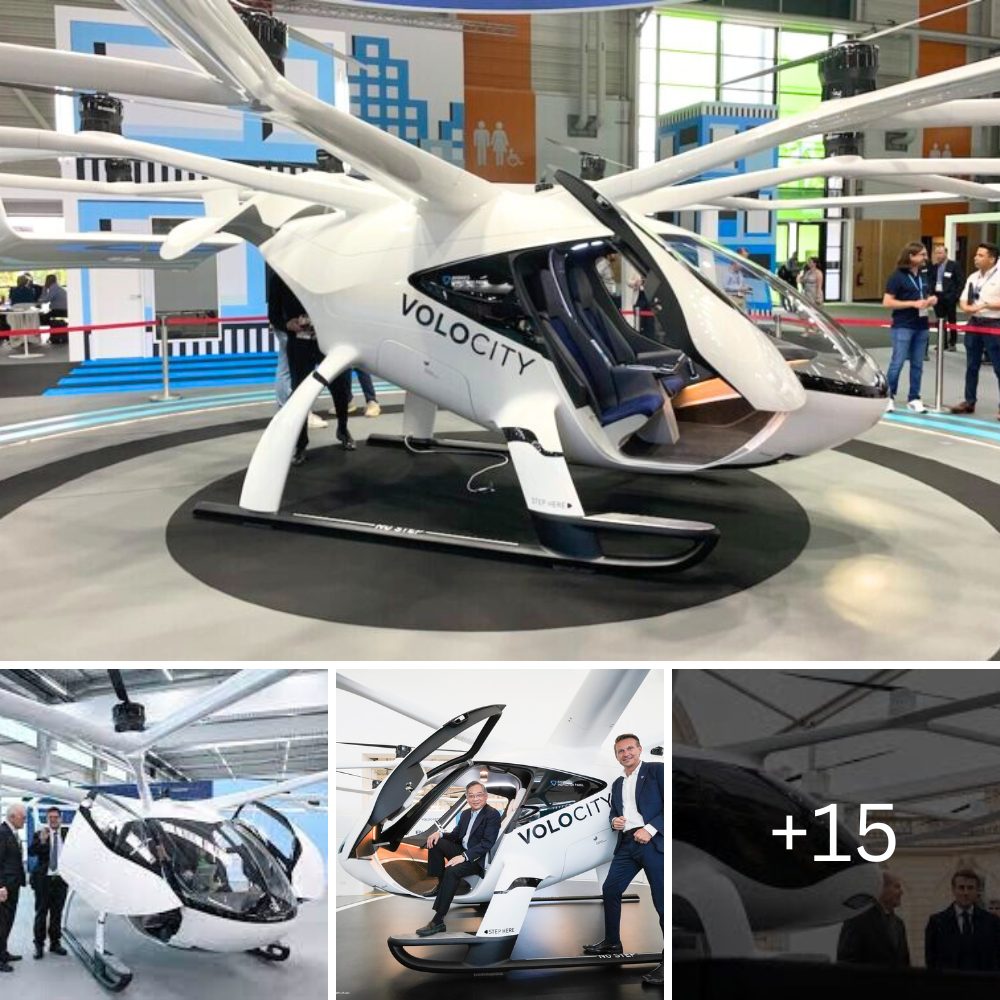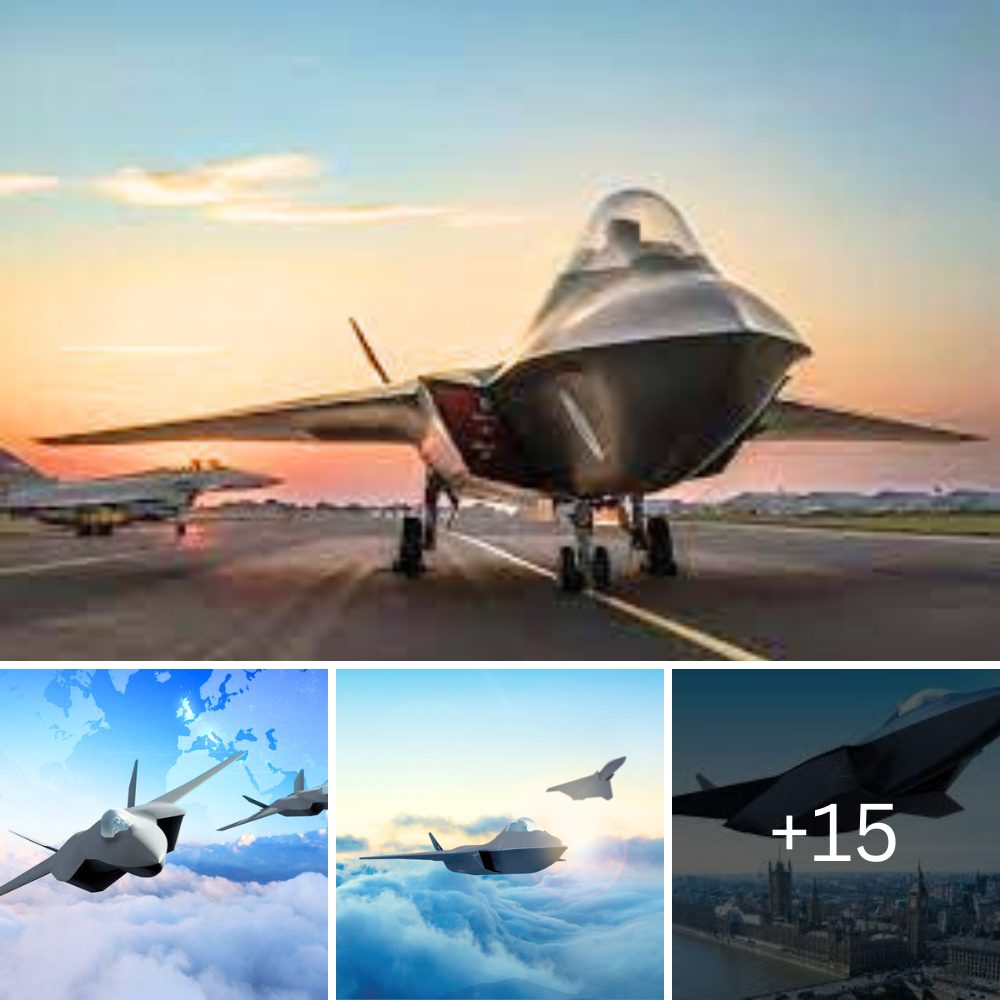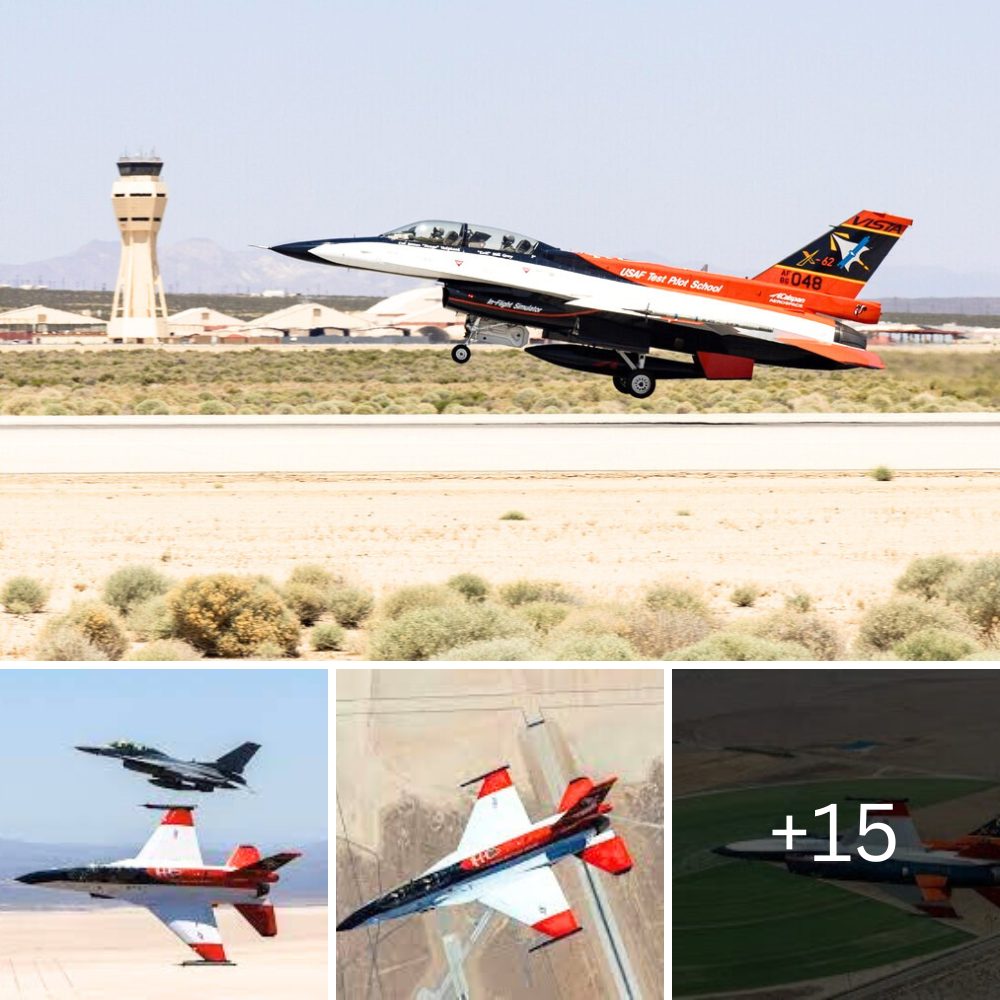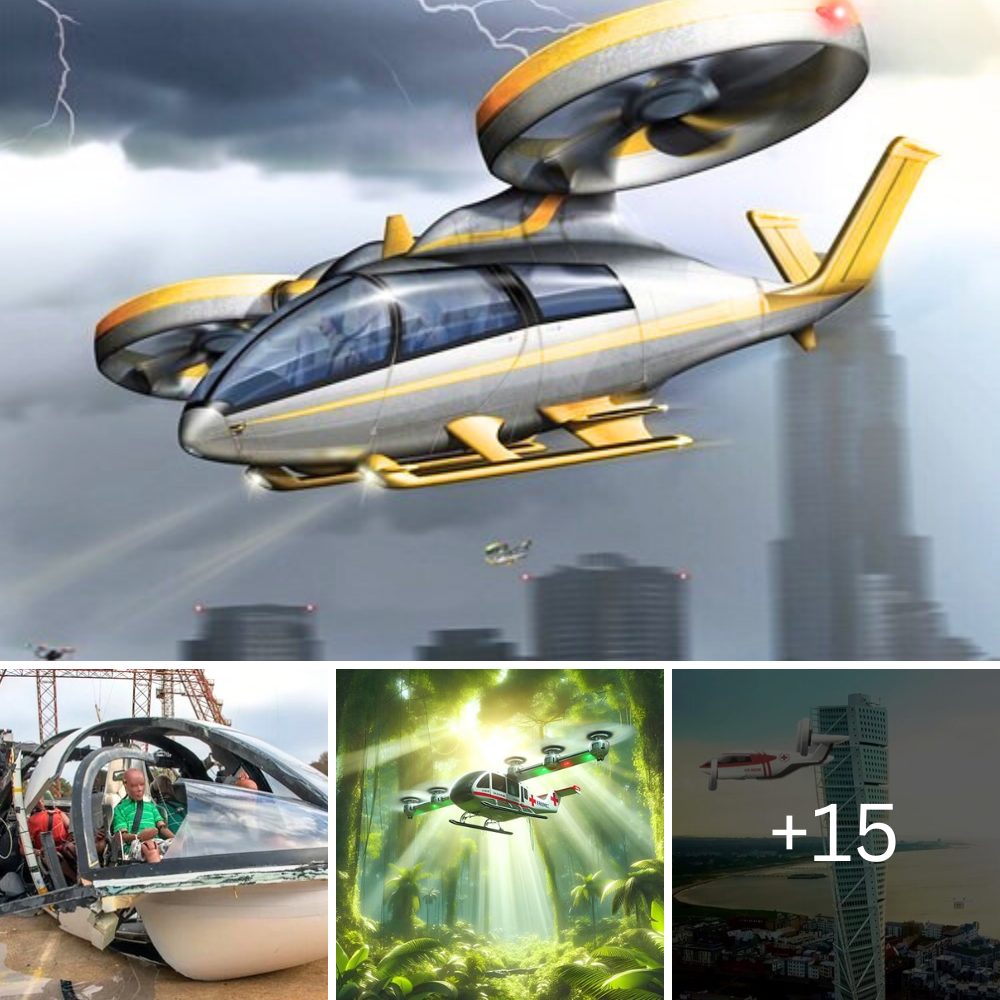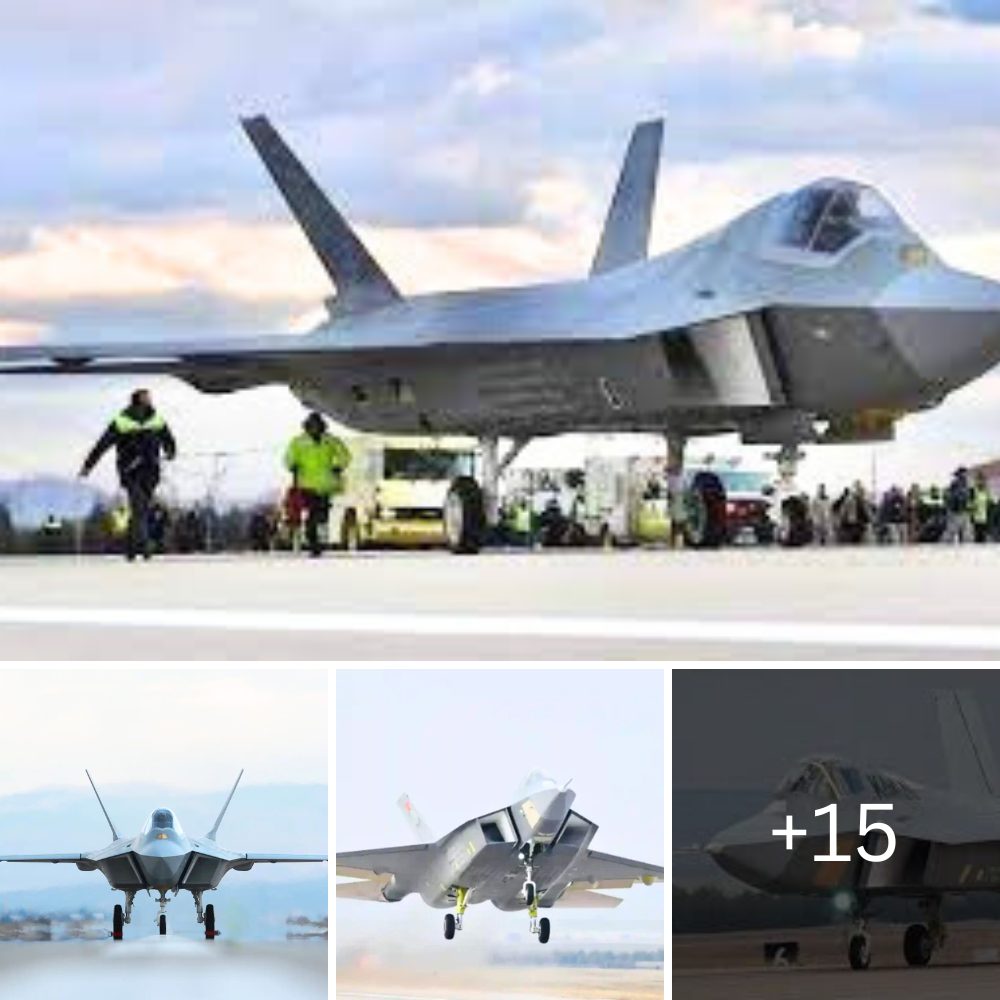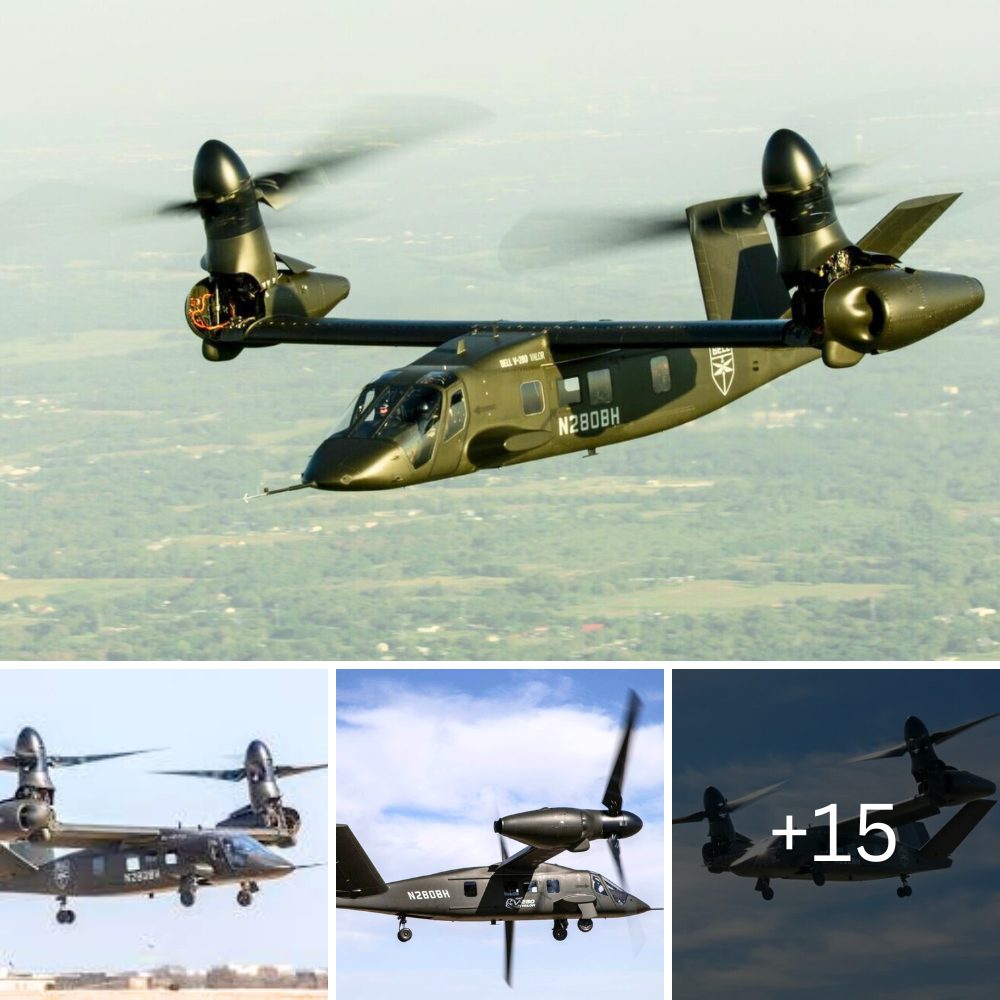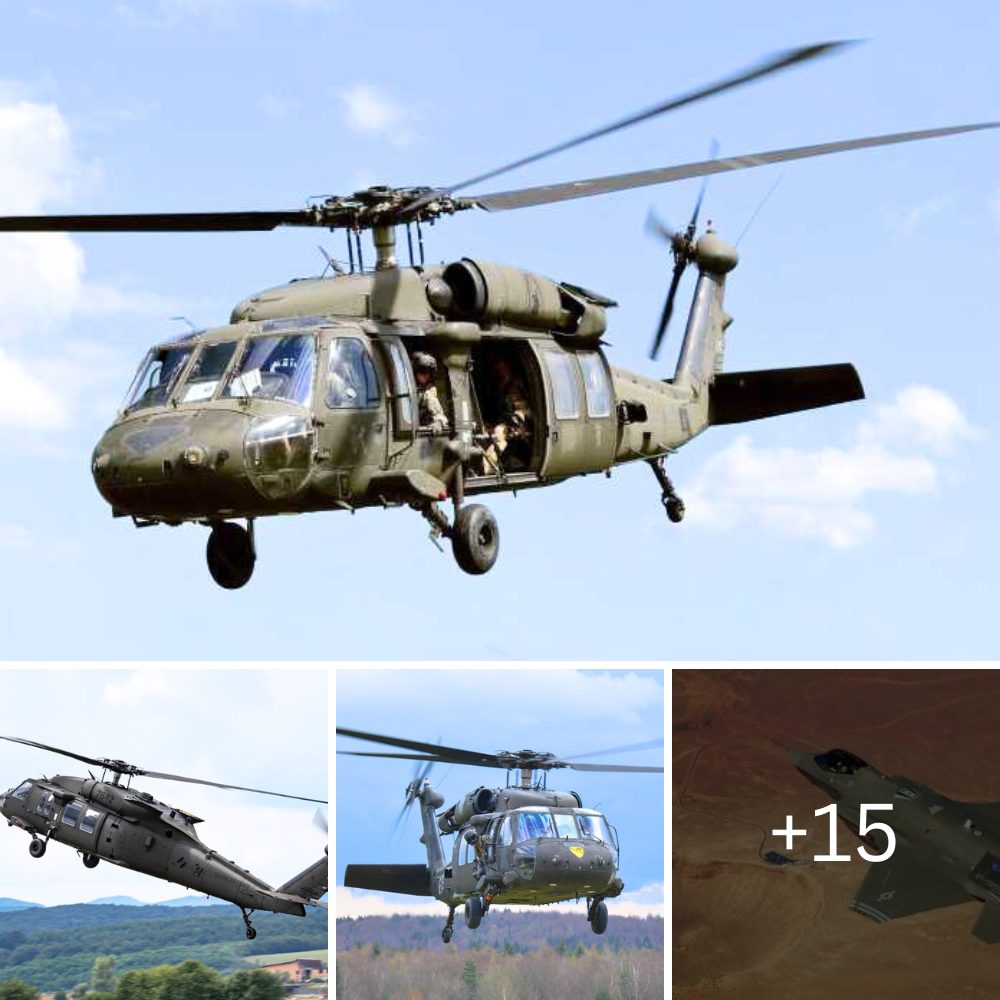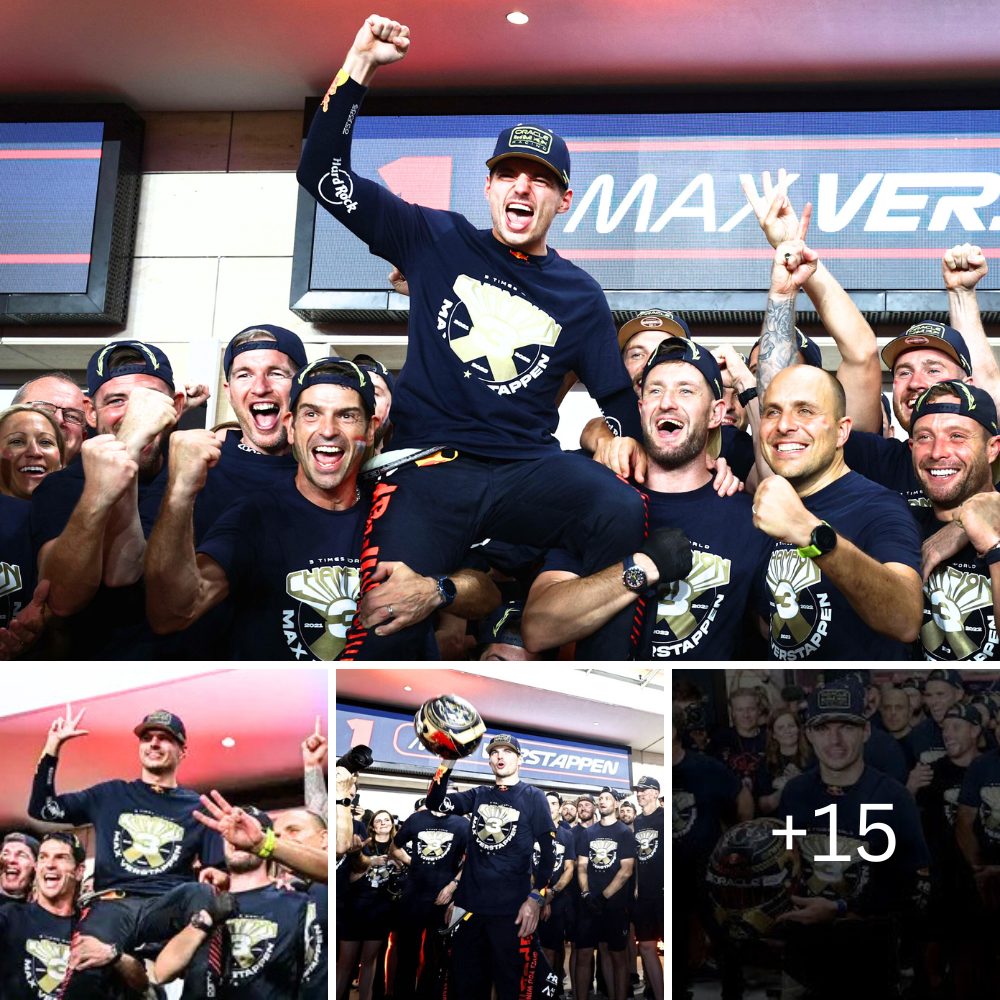JetZero’s new aircraft has half the fuel burn of a conventional commercial jet, creating a niche in regional air travel. It’s designing the first one for the U.S. Air Force.

Blended-wing aircraft have a futuristic UFO look, like something out of a 1950s sci-fi flick. While the configuration was tried unsuccessfully by different air forces in the 1960s, at least three aerospace firms are now convinced these aircraft can compete with—and beat—conventional designs, mostly because of the blended-wing’s superior fuel efficiency.
A blended-wing jet, or “flying wing,” as some call the design, is different from other aircraft because it has no definite fuselage, instead blending the wing and fuselage into one construction.
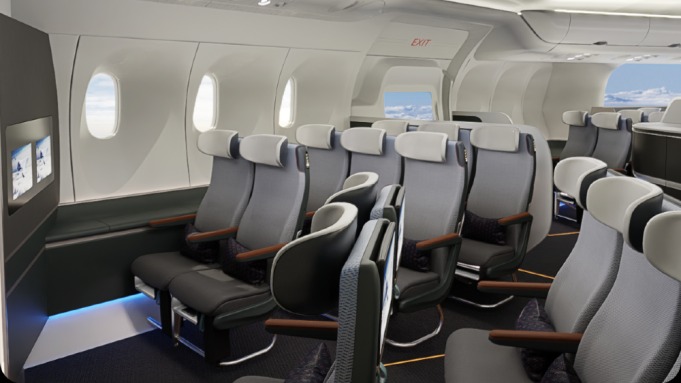
The entire aircraft provides lift necessary for flight. The Flying V, designed by a team of aerospace engineers and students at TU Delft, and the Airbus Maveric, are the two most famous blended-wing designs. Both firms expect their concepts to be in the air by 2035.
US-based startup JetZero is also working on a blended-wing design called the “Jetliner.”
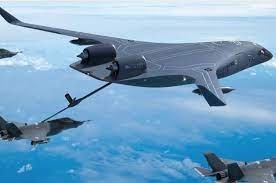
The company says it will not only be more efficient than a similar-sized commercial jet—with half the fuel burn—but will emit four times less noise, thanks to the engines being on top of the jet. The aircraft will also be ready for zero-emissions fuels like hydrogen fuel cells once that technology comes online.
“Traditional tube-and-wing designs have reached the end of the road on efficiency gains,” said Tom O’Leary, JetZero co-founder and CEO. “Our new airframe meets both the climate challenge and the demands of an underserved mid-market segment.”
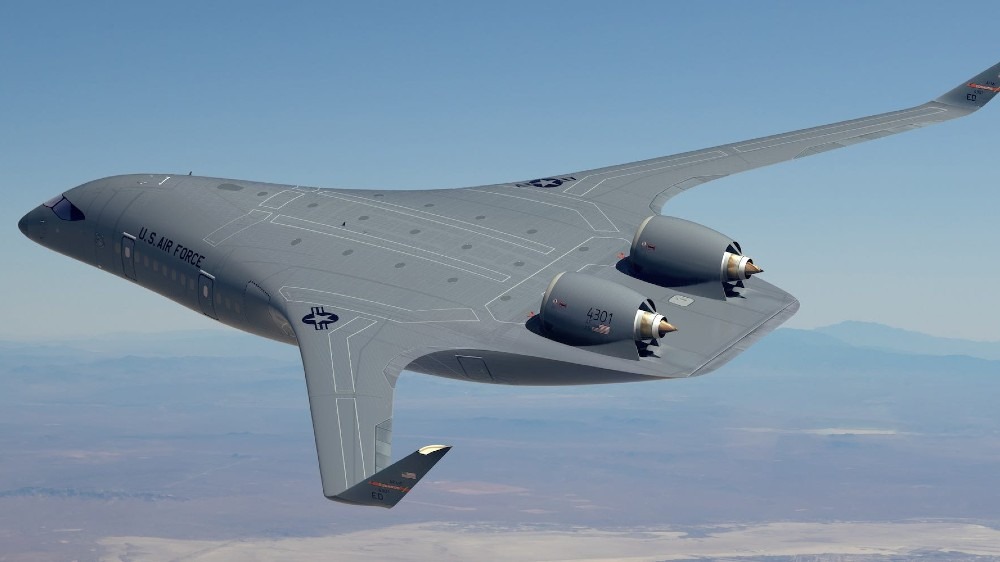
Designed for the commercial jet market, the Jetliner will create a niche between single-aisle jets and wide-bodies. The funnel-shaped exterior will give the interior a different configuration from conventional aircraft. The company says it will fit into existing airport infrastructures.
JetZero hasn’t released a timeline towards development and certification, but says it has been funded by the US Air Force to produce a conceptual design for a commercial jetliner that can also serve as a military tanker. It expects to have a demonstrator in the air by 2027.

